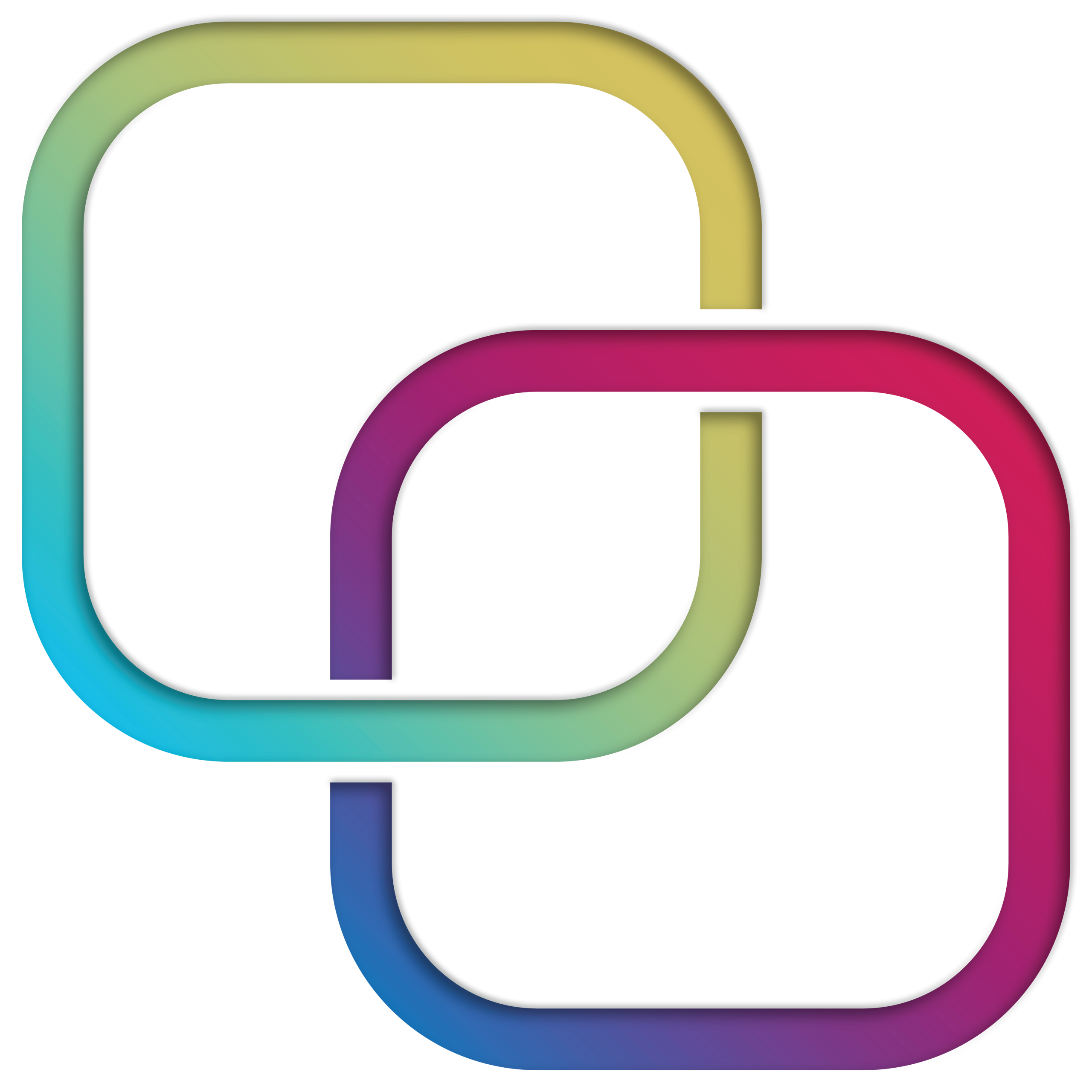


SLAP Tear Treatment in Dubai at Emirates Hospitals Group. The shoulder joint, a complex network of bones, ligaments, and muscles, allows for a wide range of motion. A SLAP tear, a specific injury to the labrum, can significantly limit your overhead activities. Our facility offers specialized treatment for SLAP tears, a common shoulder injury among athletes and active individuals. Our team boasts Dubai’s leading orthopedic surgeons, specializing in advanced shoulder surgery. We offer comprehensive treatment plans for SLAP tears, helping you regain shoulder strength and mobility.

Understanding SLAP Tears
The labrum is a ring of cartilage that lines the socket of the shoulder joint, enhancing stability and depth. A SLAP tear (Superior Labrum Anterior to Posterior) is a specific type of labral tear that occurs at the top (superior) part of the labrum, near its attachment to the biceps tendon. This tear can occur due to:
- Falls: Landing on an outstretched arm can cause a SLAP tear.
- Repetitive overhead activities: Throwing sports, weightlifting, or activities requiring forceful overhead movements can lead to tears over time.
- Age-related degeneration: Wear and tear of the labrum can increase the risk of tears with age.
Symptoms of a SLAP Tear
The symptoms of a SLAP tear can vary depending on the severity of the tear. Here’s what to watch out for:
- Pain: A deep ache or sharp pain in the front of the shoulder, often worsening with overhead activities like throwing or reaching.
- Catching or locking: A sensation of the shoulder catching or locking in certain positions, particularly when reaching overhead.
- Popping or clicking sounds: These sounds may accompany shoulder movements.
- Weakness: Difficulty lifting objects or performing activities requiring shoulder strength.
- Decreased range of motion: Reduced ability to raise your arm overhead or behind your back.
- Instability: A feeling of looseness or insecurity in the shoulder joint.

When to Seek Treatment for a SLAP Tear
While some mild SLAP tears may improve with rest and conservative management, it’s crucial to seek medical attention from the experts at Emirates Hospitals Group if you experience:
- Persistent pain: Pain that interferes with daily activities and doesn’t improve with rest or self-care measures.
- Catching or locking: Frequent episodes of the shoulder catching or locking, significantly limiting your function.
- Weakness: Significant difficulty performing daily tasks or participating in sports due to shoulder weakness.
- Worsening symptoms: Symptoms that progressively worsen despite initial self-care measures.
Diagnosing a SLAP Tear
Our experienced doctors at Emirates Hospitals Group will conduct a thorough evaluation to diagnose your SLAP tear. This typically involves:
- Detailed Medical History: Your doctor will inquire about your symptoms, any history of injuries, and your activity level.
- Physical Examination: The doctor will assess your shoulder for tenderness, swelling, range of motion, and strength. Specific tests will be performed to check for instability and identify potential causes of your pain.
- Imaging Tests: X-rays can reveal bone abnormalities. An MRI scan is often the gold standard for visualizing soft tissues like the labrum and surrounding structures. In some cases, a special type of MRI scan with contrast dye may be used to get a more detailed view of the labrum.

Treatment Options for SLAP Tears
Treatment for a SLAP tear depends on the severity of the tear, your age, and activity level. The team at Emirates Hospitals Group will design a personalized treatment plan, which may include:
- Non-surgical Management: This is often the first line of treatment for minor tears and can involve:
- Rest: Avoiding activities that aggravate the pain.
- Ice Therapy: Applying ice packs to the affected area for short periods can reduce inflammation.
- Anti-inflammatory medication: Over-the-counter or prescription medication can help manage pain and inflammation.
- Physical Therapy: A dedicated physical therapist will design a personalized program to improve flexibility, strengthen the shoulder muscles, and improve shoulder mechanics.
- Arthroscopic Repair: For larger or symptomatic tears, arthroscopic repair may be necessary. This minimally invasive surgery involves stitching the torn labrum back together using small incisions and specialized instruments.
Frequently Asked Questions
A SLAP tear (Superior Labrum Anterior to Posterior tear) involves an injury to the top part of the labrum, where the biceps tendon attaches to the shoulder joint. It commonly occurs due to repetitive overhead activities, acute trauma (such as a fall on an outstretched arm), or sudden, forceful pulling or lifting motions.
Symptoms of a SLAP tear include deep shoulder pain, particularly with overhead movements or activities that use the biceps muscle. Patients may also experience decreased shoulder strength, a catching or popping sensation, and a feeling of instability or that the shoulder may “give way” during certain movements.
Diagnosis involves a comprehensive evaluation by an orthopedic specialist, including a physical examination and specific tests such as the O’Brien test or Speed’s test. Imaging studies, particularly MRI, are used to visualize the labrum and assess the location and extent of the tear.
Treatment options depend on the severity of the tear and the patient’s activity level. Non-surgical treatments include rest, activity modification, physical therapy, and medications to reduce inflammation and pain. For persistent or severe cases, arthroscopic SLAP repair surgery may be recommended to reattach the torn labrum to the shoulder socket.
Request an appointment
Please complete the details and we will book you shortly.
Request an appointment
Please complete the details and we will book you shortly.
